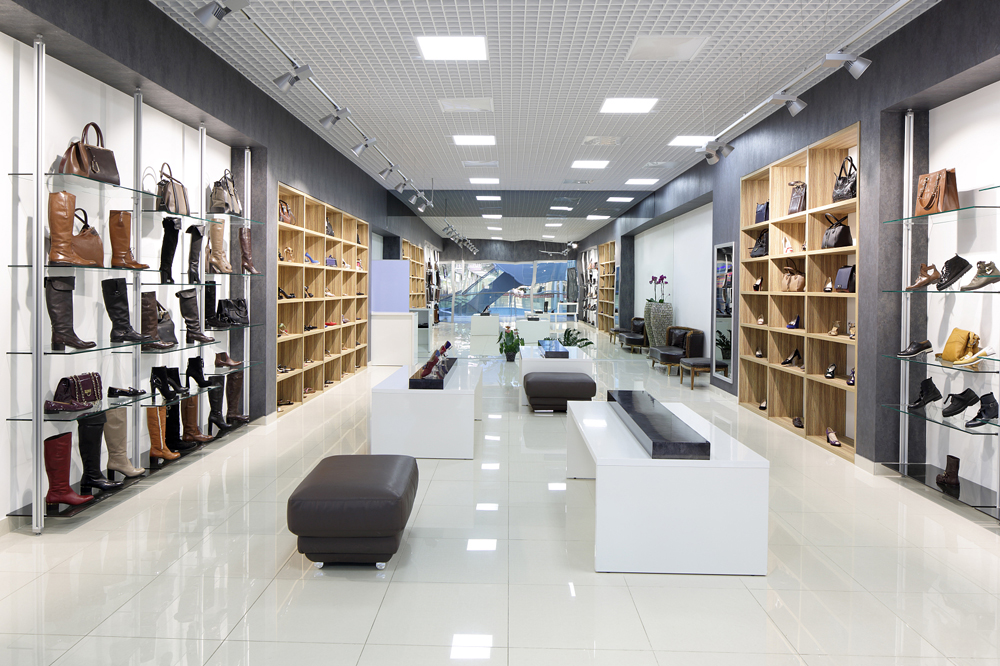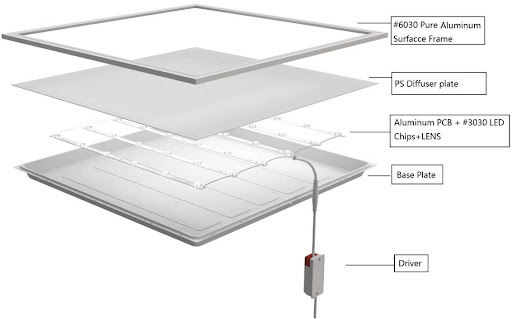

The input voltage of panel lights produced by LED panel light manufacturers and suppliers is divided into narrow voltage and wide voltage. The narrow voltage range is AC100-120V and AC220-240V, and the wide voltage range is AC100-277V and AC85-265V.Narrow voltage is suitable for North American market and Japanese market, and dimmable LED panel lights are generally suitable for narrow voltage. The wide voltage is suitable for the global civil market, mainly used in non-dimming LED panel lights.You need to pay attention to the application voltage in your country when you buy a LED panel light, and you also need to pay attention to the input voltage range marked on the product information label of the LED panel light, so that you can purchase the LED panel light with the correct input voltage.
Learn More >>
LED panel light has uniform illumination, high color rendering index, soft light without glare, it is one of the commonly used lamps for office lighting, school lighting, shopping mall lighting, hospital lighting and furniture lighting. How to choose a suitable LED panel light? As a professional LED panel light manufacturer and supplier, we give you a few notes as below.Is there a certification mark: A qualified LED panel light must obtain the safety certification test of the relevant country, and a certification identification label must be on the product.
Learn More >>
As one of the top LED panel lighting manufacturers and suppliers, we must very familiar with its raw materials and have rich production experience to manufacturing high quality LED panel lights. Let our 10 years of production experience to tell you what materials are the LED panel lights made of.1. Diffuser for LED Ceiling Panel LightThe LED diffusion plate has the characteristics of high diffusivity and high light transmittance. It can effectively converts the point light source into a soft and uniform surface light source. It is widely used in LED panel lights.The diffusion plate includes the following categories according to material:
Learn More >>
Electrical boxes, also known as junction boxes, enclose wire connections. They help protect against short circuits, which can cause fires. This guide describes the different types of electrical boxes, their materials and their applications. They come in many shapes and sizes to fit wherever you need them. Learn about the differences so you can feel confident that you’re choosing the right box for your project.Specific boxes are designed for indoor or outdoor use, while others are made for installation behind or outside of walls. They can contain light switches, wires or outlets.
Learn More >>